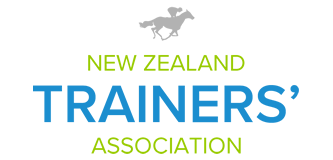NZTR Policies
The NZTR Racing Policy
The policy has been simplified as much as possible and as such, has introduced a new race category. MAAT Races are Maiden races for horses that were classed as maiden horses at a particular date (eg; Maidens as at 5 June 2019). Previously these races have had Special Condition tags on the races, but this terminology has been replaced, as the ‘special conditions’ terminology will be used for races with more unique conditions (Naki Challenge etc).
The latest NZTR Racing Policy can be viewed on the NZTR website. https://loveracing.nz/nztr/resources/rules-directives-and-policies
HANDICAPPING POLICY
The following is a link to the Handicapping Guide
Please note that the Trainers’ Association If you are unhappy with a handicapping decision and the explanation from the Handicapper, your case can be referred to the NZTA Handicap sub-committee and forwarded for an official independent review. The NZTA have 3 representatives on the Handicapping Review Committee which meets regularly to discuss issues and concerns trainers have. Please forward anything you would like raised to the Trainers’ Association – [email protected]
CRIMINAL RECORDS CHECK
The RIU Stewards used to arrange for criminal records checks with individuals consent.
That’s no longer possible so we now advise applicants to get their own Criminal history from the Ministry Of Justice.
The following link shows where the form can be downloaded: https://www.justice.govt.nz/criminal-records/get-your-own/
